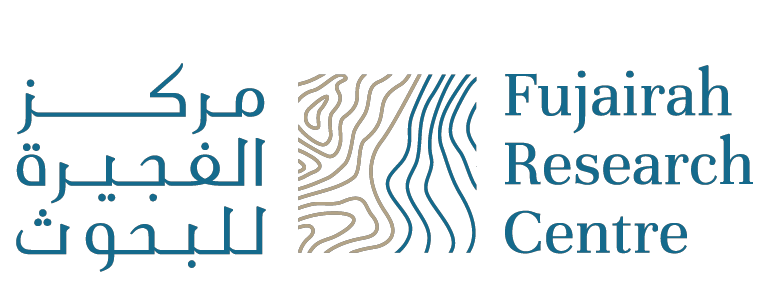
Using WRF Modeling for Advanced Weather Forecasting: The Key to Early Detection of Floods and Harsh Weather Conditions
In the realm of meteorology, the advent of advanced modeling techniques, particularly the Weather Research and Forecasting (WRF) model, has marked a significant leap in our ability to forecast weather with greater accuracy and granularity. This breakthrough is not merely a stride in scientific endeavor but has profound practical implications, especially in the realms of early flood detection and managing the impacts of harsh weather conditions.
The WRF model is a sophisticated tool designed for both atmospheric research and operational forecasting. It represents a significant advancement in the field of meteorology, owing to its ability to integrate complex atmospheric dynamics, advanced physics, and data assimilation techniques. The model is recognized for its high-resolution capabilities, which allow it to capture weather phenomena at a very local scale – a feature critical for understanding and predicting weather events that directly affect people and communities.
One of the core strengths of the WRF model lies in its flexibility. It can be configured in various ways to suit specific forecasting needs, ranging from predicting severe storm systems to understanding urban heat islands. Additionally, the model employs advanced physics schemes to accurately represent atmospheric processes such as cloud formation, precipitation, and the interaction between the land surface and the atmosphere. These features collectively enhance the model's ability to simulate real-world weather conditions with high fidelity.
Data assimilation is another key aspect of WRF's success in weather forecasting. This process involves integrating real-time observational data from various sources, including satellites, weather radars, and ground-based sensors, into the model. This integration of up-to-the-minute data ensures that the model's output remains as accurate and relevant as possible, thereby improving the reliability of its forecasts.
The benefits of using WRF for weather forecasting are manifold. Firstly, the enhanced resolution and sophisticated physics of the model lead to significantly improved accuracy in weather predictions. This increased accuracy is crucial for predicting severe weather events, including heavy rainfall, strong winds, and other extreme conditions. Moreover, WRF provides longer lead times in forecasts, which is invaluable for emergency preparedness and response. In situations where minutes can make a difference, such as in the onset of severe storms or flash floods, these extended lead times can be life-saving.
WRF's high-resolution capabilities are particularly beneficial for localized weather forecasts. This granularity enables meteorologists to provide detailed weather predictions for specific areas, which is critical for effective urban planning, agricultural management, and disaster preparedness. For instance, in urban areas, where the impact of weather events can be amplified due to dense populations and infrastructure, WRF's detailed forecasts can guide city planners in implementing more effective flood defenses and drainage systems.
The early detection of floods is perhaps one of the most crucial applications of WRF modeling. Floods are among the most destructive natural disasters, often causing significant damage to property and loss of life. WRF's ability to accurately forecast heavy precipitation events allows for early warnings of potential flooding. These warnings enable authorities and communities to take proactive measures to mitigate the impact of floods, such as evacuating vulnerable areas, reinforcing flood defenses, and preparing emergency response teams.
In addition to flood forecasting, WRF modeling plays a vital role in the detection and prediction of other harsh weather conditions. For example, the model can predict the development and track of tropical storms and hurricanes, providing critical information that helps in evacuation planning and resource allocation. Similarly, in regions prone to droughts, WRF's predictions can inform water management strategies and agricultural planning, helping to mitigate the impacts of prolonged dry spells.
In conclusion, the WRF model represents a significant advancement in our ability to forecast weather with high accuracy and detail. Its applications in the early detection of floods and harsh weather conditions are of immense value to society, helping to save lives, protect property, and manage the impacts of severe weather events. As we continue to face the challenges of a changing climate and more frequent extreme weather events, tools like WRF will be indispensable in our efforts to prepare for and respond to these challenges effectively.
